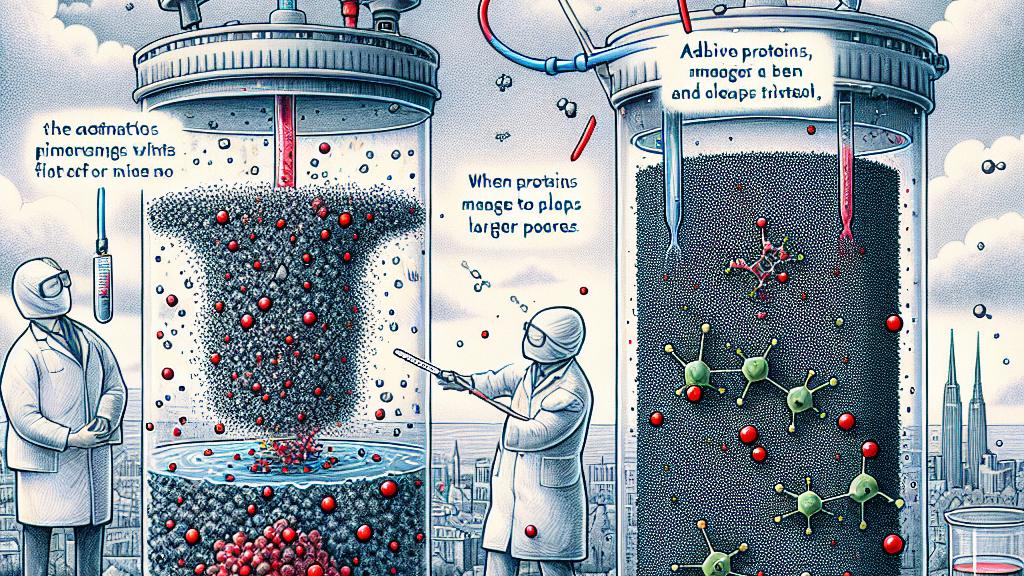Discover How New Membranes Transform Dialysis with Tiny Materials
Overview
- Revolutionary atomically thin membranes are set to change the face of dialysis.
- Self-sealing technology significantly enhances filtering efficiency and patient outcomes.
- Imagine a future where dialysis not only extends life but improves its quality!

A Revolutionary Leap in Dialysis
In the United States, researchers at Vanderbilt University have made waves in the field of dialysis technology with their extraordinary development of nanoporous atomically thin membranes, or NATMs. These membranes are not just thin—they are marvels of engineering, made from graphene and only a few atoms thick! Traditionally, dialysis membranes have had to grapple with a dual challenge: allowing the removal of waste while simultaneously keeping vital proteins from leaking out. The NATMs tackle this issue head-on. When proteins manage to seep through larger pores, they initiate a sealing reaction that closes these gaps. Picture this: a filter that learns and adapts in real time, ensuring that everything runs smoothly. This is no longer a futuristic concept; it’s a groundbreaking reality!
Understanding the Mechanism
So, how do these NATMs actually work their magic? The answer lies in the remarkable flexibility of proteins. As they traverse these innovative membranes, they can slightly alter their shape, allowing the NATMs to seal off larger openings selectively while still permitting smaller molecules, like waste, to pass through. Imagine this process as akin to a highly-skilled bouncer at a club, letting in only the right guests while keeping out the troublemakers. This ability not only enhances filtration but also leads to superior removal of toxins from the bloodstream, which ultimately translates to better health outcomes for patients.
Enhancing Patient Outcomes
Now, let's turn our gaze toward the profound implications for patients—particularly in Japan, where the number of dialysis patients is soaring. Many individuals are burdened by severe complications due to the constraints of conventional dialysis membranes, which can hinder treatment efficiency. Enter the NATMs. By significantly minimizing protein loss, these membranes are poised to offer patients not just longer life expectancies but also vastly improved quality of life. Imagine being able to enjoy more energy, a clearer mind, and fewer side effects from treatment! The introduction of these membranes could indeed be a game-changer, transforming the dialysis experience from a cumbersome obligation to a manageable and even empowering treatment.
Looking Ahead: The Future of Dialysis
What does the future hold for this revolutionary technology? Beyond enhancing filtration, this research heralds the possibility of using various biomolecules, such as DNA and RNA, to customize the membranes further for specific medical needs. Visualize a healthcare environment where doctors can tailor solutions to fit each patient's unique circumstances—making treatments not just effective but personalized as well! As we venture into this exhilarating frontier of nanotechnology, it becomes increasingly clear that the potential to reshape dialysis—and indeed healthcare itself—is enormous. We stand on the edge of a new paradigm where personalized medicine could redefine the health landscape and catapult patient care into an innovative future, filled with possibilities.

Loading...